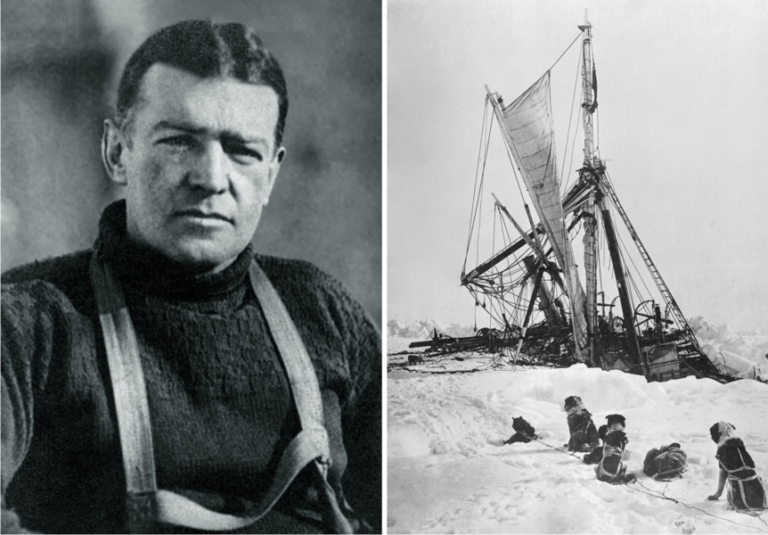
Leading in times of crisis: How healthy optimism works
Crises are as much a part of business as stormy weather at sea. But what if the storm lasts longer? 3 impulses for strong leadership in a crisis.

Many companies maintain extensive IT service catalogs. This often makes it difficult for employees to find suitable hardware and software and to combine them correctly. IT service bundling simplifies selection and speeds delivery. In addition, the company can equip numerous IT workstations at lower cost. Our case study illustrates how this works.
Initial situation:
An international industrial company has a very complex IT service catalogue with many local and regional differences. Even the smallest service items are ordered individually. A lot of time and money are flowing into the administration of these services.
Up to now, managers or other employees with special authorizations request IT equipment for their colleagues. To do so, they have to click their way through the complex catalog, which favors oversized or incorrect orders. Team leaders, for example, can put several devices on stock in order to have them quickly available when needed. It also happens that they order peripheral devices that do not match the PC in use. Now, the company wants to make orders and delivery more transparent and standardize IT services. The aim is to define services in advance according to certain user categories, and to deliver them in bundles, for example during onboarding.
Challenge 1:
To be productive, employees need adequate equipment – the company must not save money in the wrong place. Compromises will be necessary as different business units and countries have different IT policies: Some are strongly cost-driven, while others attach great importance to modern and comprehensive equipment for their employees.
Challenge 2:
Some executives and employees will not be enthusiastic about the new process. After all, they are handing over responsibility of parts of their digital equipment to IT.
Implementation:
Together with the customer, we developed a so-called persona concept. A persona is an idealized user group whose members need the same devices, applications, data and IT services for their work. This is not about hierarchy, but about the type of work – focusing on aspects such as specialization or mobility in everyday life.
In order to determine which devices and applications the major employee groups really need, we conducted a written survey of IT users worldwide. In addition, we analyzed IT inventory data: What hardware and software is currently in use?
We categorized employees with the same basic IT needs into different personas. For these groups, IT created tailor-made service packages (bundles) that offer the best cost-benefit ratio. We also took into account the different needs of company functions and countries. The service bundles have been standardized as much as possible; at the same time they are as flexible as necessary. A smaller product catalogue remains – for employee groups and countries with special requirements that no persona covers completely.
In order to prevent internal resistance, we informed employees, managers and key users about the advantages of the new IT services at an early stage.
The persona-related services are accompanied by a shift of accountability from the business to IT which takes on management and control of the workplace services from now on. (This is not mandatory, but was decided in this specific use case.) The internal customer simply passes on a requirement profile to the IT department, which will then decide about the optimal hardware.
Results:
The IT department does not have to configure workplace services for individual employees any more. Standardized services reduce the workload for IT specialists who provide hardware and software, and generally simplify administration. Thus, the support team can concentrate on other tasks. In addition, orders become much more convenient for the business. For example, a sales employee no longer has to assemble her equipment from the catalog. Together with her standard notebook with all relevant tools, she automatically receives a docking station and a suitable privacy filter. Even the skeptics in the company quickly got used to the comfortable new order process and are very satisfied.
Furthermore, the Service Bundles make it possible to link IT and HR processes. During onboarding, IT can deliver the required equipment up to 70 percent faster; usually the entire IT workstation is ready from day one.
From a management perspective, the concept creates more transparency and planning security. Now the company knows very precisely how much money is spent on IT workplaces for employees in certain functions – both today and in the foreseeable future. Thus, IT purchasing can be planned much more accurately.

Crises are as much a part of business as stormy weather at sea. But what if the storm lasts longer? 3 impulses for strong leadership in a crisis.

He conveyed confidence in a desperate situation: British polar explorer Ernest Shackleton and his team survived a two-year battle for survival in the Southern Ocean. What can leaders learn from him in times of crisis?

Getting an IT project across hundreds of organizational units to the finish line? Our colleague Mathis takes a sporty approach. In our interview, he tells us what excites him about project management as a consultant and why he goes to the boxing ring to compensate.
2021 Grosse-Hornke Private Consult